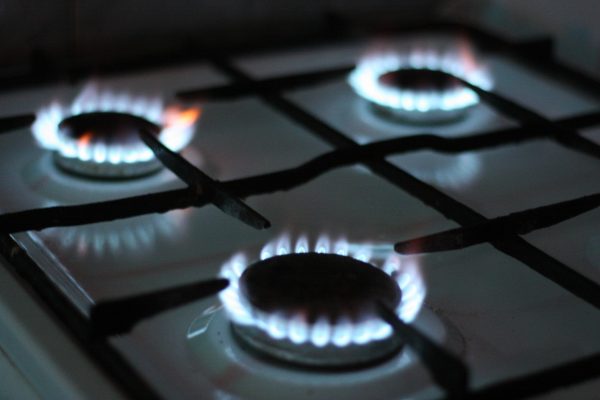If you’re wondering about commercial kitchen hood and exhaust maintenance, then it’s probably a guarantee that you own and operate a restaurant or business that requires you to have and use an industrial hood and exhaust. This means that you’re likely already pretty bogged down by commercial kitchen operations, which are stressful as it is.
Cleaning your commercial kitchen’s hood and exhaust is important for several reasons and thus can’t be compromised by the tiring and time-consuming nature of running a commercial kitchen. The process affects quality food preparation, the customer experience, and compliance with local fire and sanitation department policies. With such consequences looming you shouldn’t lack the knowledge, so here’s what kitchen hood & exhaust cleaning entails:
Switch Off Exhaust Fan + Shut Off Stove & Gas Valves
The first step in hood and exhaust cleaning is to switch off the exhaust fan, shut off the stove while making sure you blow out any pilot lights, and also shut off any and all attached gas valves. These are safety measures that insure that you or your professional maintenance providers will not sustain any injuries or cause any heat or gas related accidents during service.
Start General Cleaning Process
Prepping for the entire cleaning process should include removing the hood filters (and soaking them in degreaser and hot water) and prepping the grease funnels. Then, you should spray the roof of the hood, exhaust fans, and ducts with degreaser. These components should be scrubbed and rinsed with hot water, while making sure the residue flows down the debris removal funnels into a collection device.
This process is difficult and requires specialized knowledge, so we recommend hiring expert services, such as AAA Fire Protection. They provide exceptional grease cleaning and exchange services that mitigate the risk of kitchen fires.
Conduct Spot-Cleaning As Necessary
There will likely be spots and areas where grease and dirt have collected a bit more, so another application or two of degreaser and some harder, focused scrubbing and rinsing may be required for sufficient cleaning. It’s important not to neglect spot-cleaning!
Grease Removal & Polish
Once the higher and harder to reach components of your hood and exhaust system have been degreased and rinsed, conduct a second application of degreaser, this time including all parts of the hood and exhaust system. This is to ensure the entire system is degreased, and thoroughly rinsed with hot water.
After degreasing is completed, remove any protective layering from the hood and apply the appropriate polish solution. This is not just for appearances, but to sustain your system’s longevity.
Reinstallation
Once your hood and exhaust are degreased, rinsed, dried, and polished, and the resulting waste removed from the site, reinstall the cleaned filters and give your exhaust system a test run! Proper reinstallation and function will reduce the chance of fines and violations from your local fire and sanitation departments, and ensure your patrons enjoy a clean, properly ventilated dining experience.

